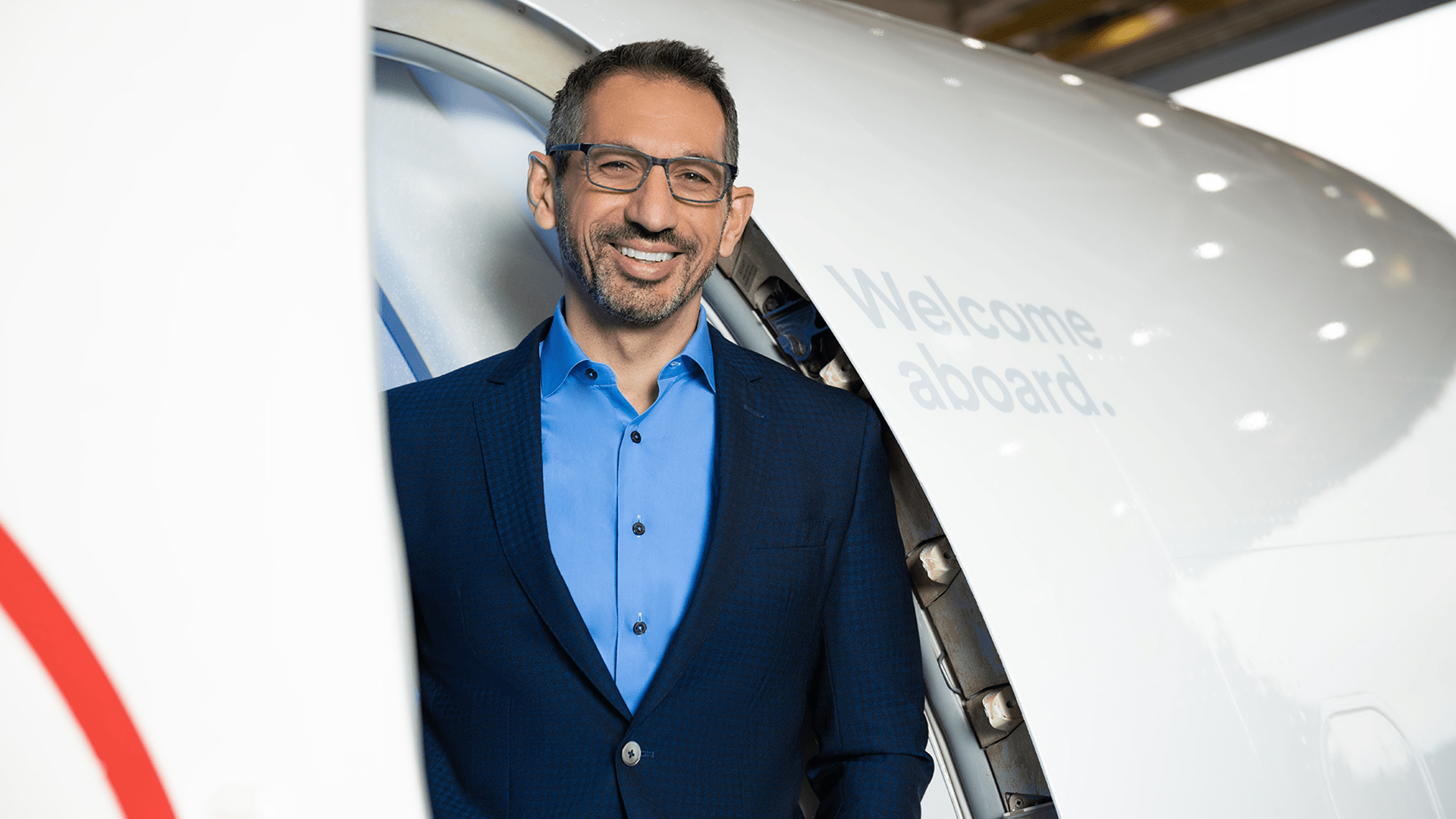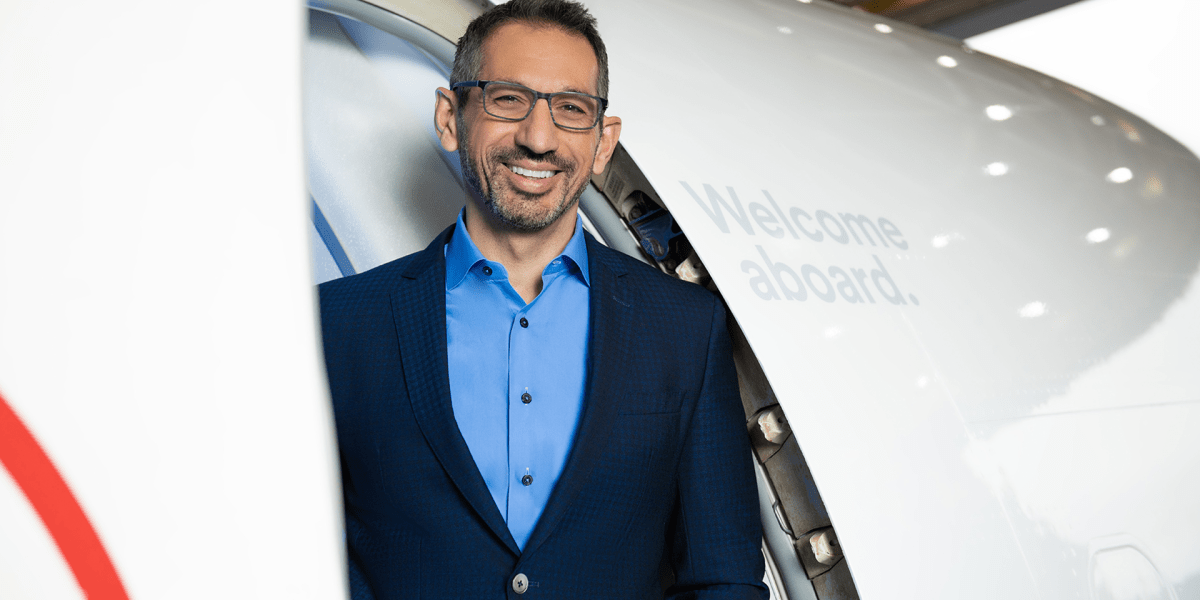
America’s airspace is the safest and strongest in the world, thanks to the incredible people who manage it every day and keep nearly one billion annual passengers moving safely around our country.
As impressive as this system is, now is the time for step-change improvements to benefit all Americans. This is a shared imperative across the aviation ecosystem, and I’ve never felt more confident in the leadership driving this transformation. Secretary of Transportation Sean Duffy and FAA Administrator Bryan Bedford are pursuing bold, urgent and collaborative action.
People choose to fly because time matters. My neighbor in seat 23C isn’t looking to spend any more time than necessary on board. Yet as demand for air travel grows, traffic congestion in the system has led to longer gate-to-gate travel times. Flights are scheduled about 20 minutes longer today than in the 1980s on the same routes. There’s a real economic impact for everyone. That’s why bold action is needed.
By adopting cutting-edge technology across the ATC system, we can increase efficiency and create capacity for growth. Travelers will spend less time waiting through delays and sitting on taxiways. Operators will be more efficient. Airlines will fly more reliably and save fuel. More air traffic controllers will be better equipped and their job will be easier. Communities will gain more predictable access to essential services. This is about connecting people and strengthening our national infrastructure to reflect the best of American innovation.
The $12.5 billion authorized by the One Big Beautiful Bill Act is a crucial down payment. To meaningfully improve the experience for travelers and strengthen our aviation infrastructure, we must continue to think bigger and move faster, especially by embracing proven technology and fostering industry-wide cooperation.
The tools already exist. Let’s use them
As a mechanical engineer with 30 years in aviation, I’m obsessed with optimizing systems to enhance safety, efficiency, and the guest experience. Alaska Airlines and Hawaiian Airlines bring a rare full-spectrum view of the national airspace. We fly it all, from the busiest hubs at LAX and JFK to remote communities like Utqiagvik on Alaska’s Arctic coast and Pago Pago in American Samoa. Operating in extreme environments has driven us to innovate pioneering solutions that were later adopted industrywide.
In the 1990s, our pilots developed Required Navigation Performance (RNP) to overcome terrain and weather challenges in Juneau. Together with the FAA, we reduced missed approaches by 75% and dramatically improved reliability for people who depend on us. RNP is a high-fidelity version of Performance-Based Navigation (PBN), which is used globally but remains underutilized in the U.S.
We also use AI to help dispatchers and pilots choose the best routes. These tools save fuel, shorten flight times and improve on-time performance. One system we use, “Flyways AI” by Airspace Intelligence, constantly analyzes weather, traffic and other factors to recommend the most efficient path. Another tool, Assaia, helps improve aircraft ground turns at the gate. In 2024 alone, we saved 6.4 million gallons of fuel through operational efficiencies.
These are just some examples, but let’s ask some bigger questions:
- What if the FAA leveraged existing technology on modern aircraft AND used software that could optimize the flow of aircraft across the whole system, across all airlines and operators? And what if we harnessed the latest AI and machine learning technology?
- What if the time you spend travelling in seat 23C from SEA to JFK is shorter with minimal time on the ramp and taxiways?
If we introduced better data and technology into flow management systems, we could improve efficiency, evolve separation rules, burn less fuel and increase capacity, all while maintaining safety as our highest priority.
It’s time for bold, concurrent actions:
- Set clear goals, like reducing flight times.
- Fix the basics, from staffing to weather-related infrastructure in rural areas.
- Embrace and foster proven tech to optimize air traffic flow.
- Foster collaboration across government, industry and labor.
Complexity demands concurrent and timely action
Let’s fix what’s needed today — physical infrastructure, communications systems, and staffing — while also creating a dramatic evolution in how we manage air traffic. Modern aircraft can fly precise routes and arrive at exact times. Commercial airlines are already using real-time data tools and artificial intelligence to optimize flight planning. Our ATC system should be able to fully leverage these advancements.
It would be easy for government and industry to miss this moment of transformation, given the monumental nature of the task at hand to fix the fundamentals. Let’s not allow that to happen. Instead, as a country, let’s simultaneously leverage technology to rapidly optimize the efficiency, capacity and safety of our skies.
Modernizing ATC isn’t just about moving airplanes. It’s about reclaiming time and building infrastructure that serves everyone, everywhere. The right tools exist and the right leaders are in place. Let’s step up and meet the moment.
The opinions expressed in Fortune.com commentary pieces are solely the views of their authors and do not necessarily reflect the opinions and beliefs of Fortune.









Leave feedback about this